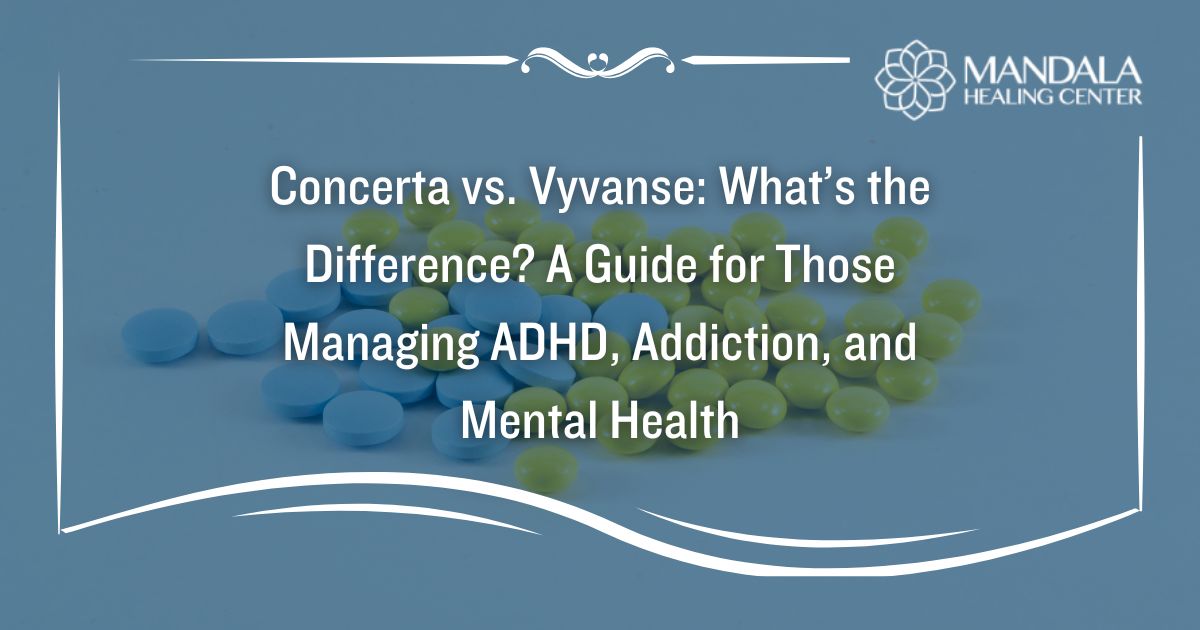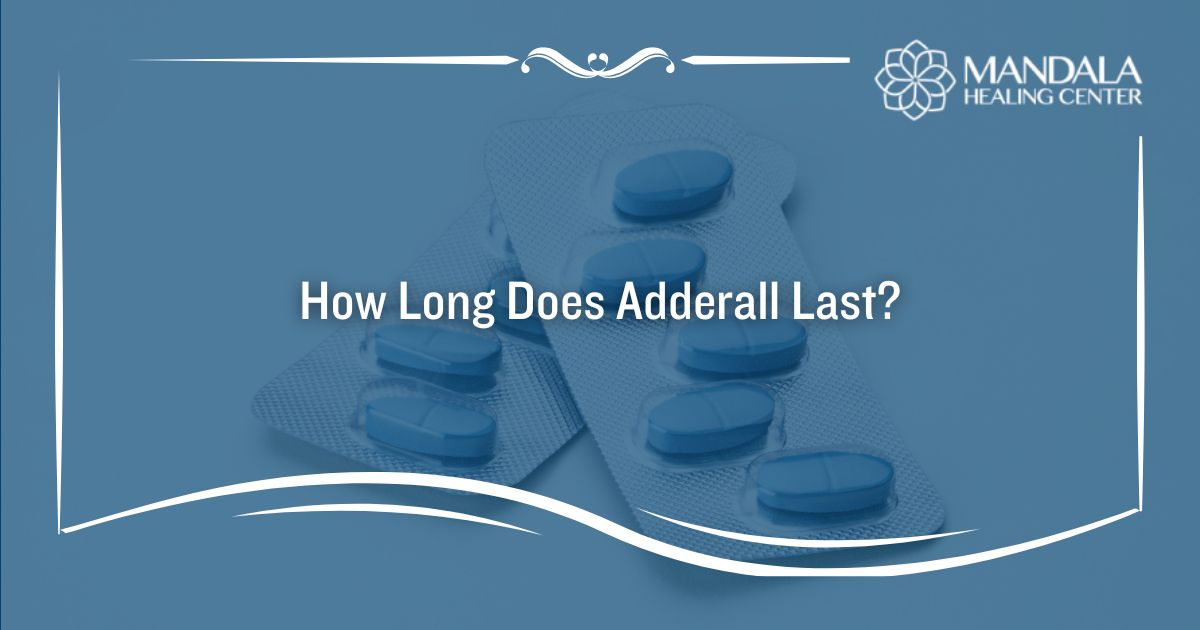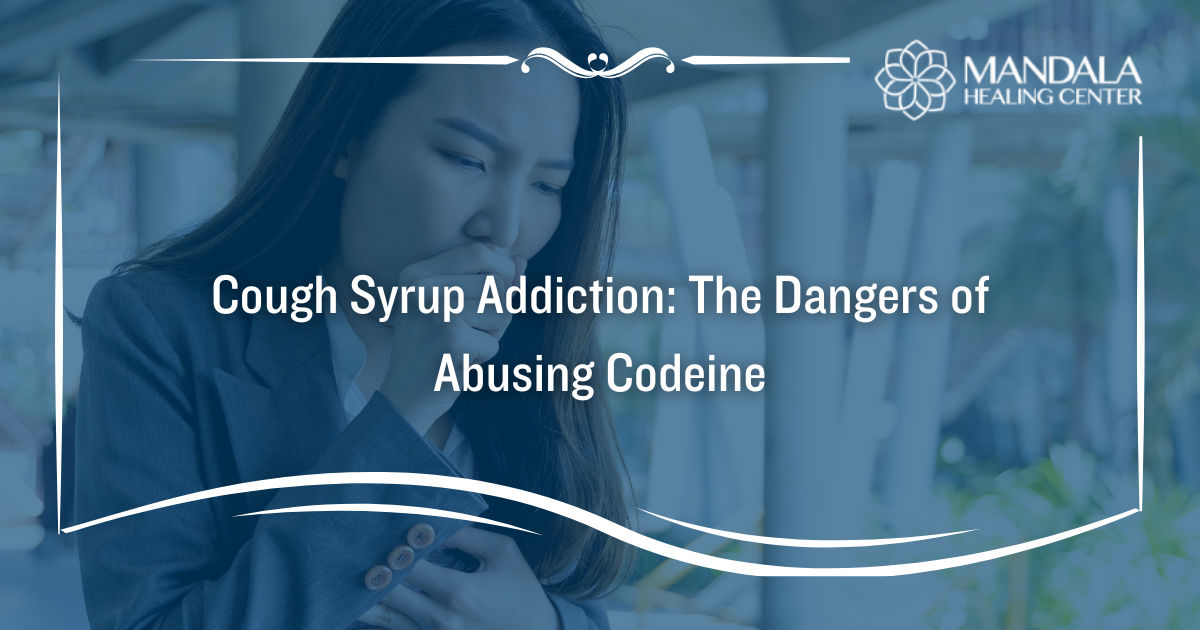If you know someone suffering from substance abuse, then you may have found yourself asking the question, ‘What is Crank?’
“Crank” is the street name for methamphetamine, a powerful and highly addictive stimulant that affects the central nervous system. It earned its nickname due to the intense, long-lasting high it produces and the bodily sensation of feeling “amped up” or “wired.”
Similar to other stimulants like Adderall and cocaine, crank users often experience increased energy, alertness, and euphoria, along with a suppressed appetite and enhanced focus. However, these short-term effects come at a cost, as crank is highly addictive and can have life-threatening consequences, such as physical and psychological harm, if left untreated.
How is Crank Made?
Unlike other common street drugs like cocaine, marijuana, or heroin which come from plants, crank is a man-made drug that combines toxic chemicals, such as antifreeze, anhydrous ammonia, battery acid, and drain cleaner with over-the-counter cold medication and cooking it down to form a crystalline structure that we know as crystal meth.
Taking into account the way crank is made, it’s nearly impossible to know the potency of each batch, and no way of knowing how it will affect the user.
How is Crank Used?
Crank can be ingested in several ways, including:
- Oral ingestion
- Smoking
- Snorting
- Injection
Effects of Crank
Due to its high potency and effects on the brain’s reward system, crank users often suffer from compulsive drug-seeking behavior, increasing the risk of crank abuse, addiction, and overdose as well as other serious health problems.
Short Term Effects
- Increased alertness
- Euphoria and heightened mood
- Increased heart rate and blood pressure
- Decreased appetite and weight loss
- Dilated pupils
- Increased physical activity and repetitive behaviors
- Paranoia
- Increased body temperature
Long Term Effects
- Addiction and dependence
- Dental decay, tooth loss, and gum disease known as “meth mouth”
- Skin sores and infections
- Memory loss
- Anxiety
- Depression
- Psychosis
- Mood swings
Risks and Dangers
Crank abuse has significant risks and dangers associated with it, both for the individual using the drug and for those around them.
Addiction and Dependence
Repeated and long-term use can lead to increased dependence and addiction.
Overdose
Ingesting large amounts of crank can lead to overdose, and may result in heart attack, stroke, organ failure, and death.
Physical Health Complications
Prolonged crank use can leave a lasting impact on physical health, including heart issues, breathing problems, and brain damage.
Mental Health Disorders
Crank abuse is associated with an increased risk of mental health disorders such as anxiety, depression, paranoia, and psychosis.
Legal Consequences
Possession, distribution, and manufacturing of methamphetamine is illegal and can result in arrest, criminal charges, and imprisonment.
Methamphetamine Addiction Treatment
One of the most dangerous aspects of crank addiction is how rapidly it develops. The powerful effects of crank, including its highly addictive nature and reward sensations, can lead to compulsive behavior and a cycle of addiction that is difficult to break.
Often, this addiction leads to severe physical, mental, and social consequences before individuals realize the extent of the damage they’re faced with. Despite these challenges, recovery is possible. There are various treatment options available for meth addiction, including detox, counseling, therapy, support groups, and rehabilitation programs. Each program is designed to support individuals by managing withdrawal symptoms, addressing underlying issues contributing to addiction, and providing education and healthy coping mechanisms for long-term sobriety. Treatment options include:
Detox Program
The first step in overcoming crank addiction is undergoing a meth detox program during which individuals stop using the drug and are supervised by medical professionals to ensure a safe recovery throughout the withdrawal process.
Common withdrawal symptoms include:
- Fatigue
- Depression
- Anxiety
- Irritability
- Changes in appetite
- Changes in sleep patterns
- Cravings
- Difficulty concentrating
Inpatient Rehab
Inpatient rehab programs provide intensive treatment in a residential setting and combine evidence-based practices, including therapy, counseling, support groups, and holistic therapies to address the physical, psychological, and social aspects of addiction.
Outpatient Treatment
Outpatient treatment programs offer flexibility for those who cannot commit to residential rehab or who have completed inpatient treatment and require ongoing support. Outpatient programs may include individual counseling, group therapy, and medication-assisted treatment (MAT).
Support Groups
Participation in support groups such as Crystal Meth Anonymous (CMA) or Narcotics Anonymous (NA) offer a sense of community, accountability, and encouragement for those in recovery.
Aftercare
Continued support and aftercare planning help individuals maintain their sobriety and prevent relapse. Aftercare may include ongoing therapy, participation in support groups, and access to community resources.
Get Help Today at Mandala Healing Center
Reaching out for help is the first step towards reclaiming control over one’s life. It’s never too late to seek assistance and start on the path to recovery. With the proper support and resources, individuals can overcome addiction and build a brighter future free from the harmful effects of crank.
If you or someone you know is struggling with crank addiction, help is available. Our dedicated team of healthcare professionals, addiction specialists, and therapists at Mandala Healing Center can provide guidance, resources, and treatment options to address addiction and begin the journey to recovery. Contact us today to learn more about our programs and take the first step toward a healthier life.












